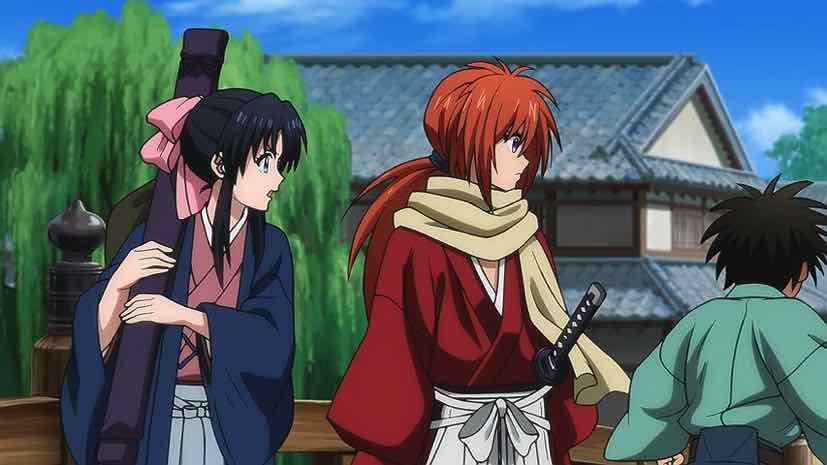 If one looks at the great shounen action series of the past few decades, especially Jump, they have a common aspect of ramping up slowly. No one would have been able to tell in the first few chapters of Hunter X Hunter or Boku no Hero Academia (as examples) that they would become the stories they did. In hindsight one can see the signs, but the beginnings are basically modest to the point where is almost seems as if these writers have a sense that the future will be long and illustrious, and that starting off in a measured fashion is necessary.
If one looks at the great shounen action series of the past few decades, especially Jump, they have a common aspect of ramping up slowly. No one would have been able to tell in the first few chapters of Hunter X Hunter or Boku no Hero Academia (as examples) that they would become the stories they did. In hindsight one can see the signs, but the beginnings are basically modest to the point where is almost seems as if these writers have a sense that the future will be long and illustrious, and that starting off in a measured fashion is necessary.
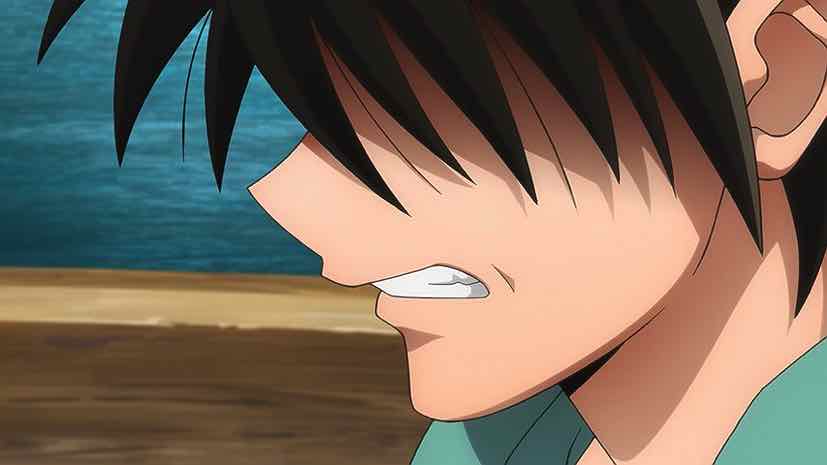 All that certainly applies to Rurouni Kenshin. In the end it wasn’t enormously long, only 28 volumes and ending at the height of its popularity. Still, that’s better than five years of syndication and Watsuki seemed to have a pretty clear roadmap in mind for where he wanted the series to go (if given the chance). Just as all the great shounen do, he was laying the ground rules for the world he was creating – and that world was one many of his readers (especially adults) were somewhat familiar with, the Meiji Era.
All that certainly applies to Rurouni Kenshin. In the end it wasn’t enormously long, only 28 volumes and ending at the height of its popularity. Still, that’s better than five years of syndication and Watsuki seemed to have a pretty clear roadmap in mind for where he wanted the series to go (if given the chance). Just as all the great shounen do, he was laying the ground rules for the world he was creating – and that world was one many of his readers (especially adults) were somewhat familiar with, the Meiji Era.
 This was a world supposedly going boldly forward into the future. Modernization and Westernization (both themes intricately woven into the fabric of RuroKen), even passing feints at democracy of a sort. But none of these concepts were a natural fit for the Japanese, with no relevant history to speak of. The Meiji Restoration has been called a “revolution from above”, and while the 16 year-old emperor nominally was restored to power, the country was run by the oligarchs (like Yamagata) who bankrolled the coup for almost half a century. Ex-samurai from Choushuu dominated the military and those from Satsuma the police.
This was a world supposedly going boldly forward into the future. Modernization and Westernization (both themes intricately woven into the fabric of RuroKen), even passing feints at democracy of a sort. But none of these concepts were a natural fit for the Japanese, with no relevant history to speak of. The Meiji Restoration has been called a “revolution from above”, and while the 16 year-old emperor nominally was restored to power, the country was run by the oligarchs (like Yamagata) who bankrolled the coup for almost half a century. Ex-samurai from Choushuu dominated the military and those from Satsuma the police.
 This is all important because while Watsuki plays at the straightforward battle shounen for a while, he was very well-versed in politics and they’re an integral part of Rurouni Kenshin. And to understand Himura, you have to understand his disillusionment with the revolution in whose name he killed so many. Disillusionment, indeed, is a crucial thread that runs through the entire series. It’s at the root of many of the biggest story arcs, including both “Kyoto” and “Jinchuu”. And it plays a part of the tragic paradox that defines Himura Kenshin’s existence.
This is all important because while Watsuki plays at the straightforward battle shounen for a while, he was very well-versed in politics and they’re an integral part of Rurouni Kenshin. And to understand Himura, you have to understand his disillusionment with the revolution in whose name he killed so many. Disillusionment, indeed, is a crucial thread that runs through the entire series. It’s at the root of many of the biggest story arcs, including both “Kyoto” and “Jinchuu”. And it plays a part of the tragic paradox that defines Himura Kenshin’s existence.
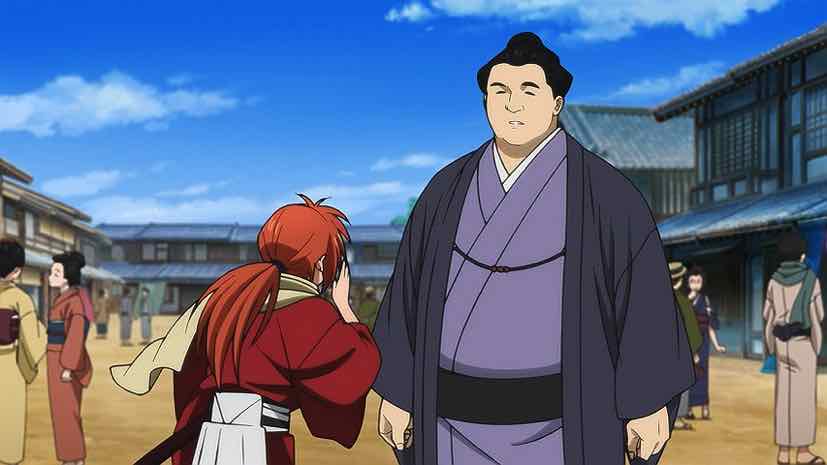 History is not full of periods that strike one as especially “fair” (including our own), but that applies strongly to Meiji Japan, especially in these early days. The names have changed and some of the rules, but basically it’s a society of the strong exploiting the weak. There was a wild west quality to daily life, even in the capital. Law enforcement was barely in control, and as often a menace to the innocent as a force in protecting them. The young orphan Myoujin Yahiko (Koichi Makoto) is another pebble ground in the gears of Meiji society. He pickpockets to pay off the yakuza thugs who do terrible things if he refuses, and laments the end of an era of samurai honor (as he sees it).
History is not full of periods that strike one as especially “fair” (including our own), but that applies strongly to Meiji Japan, especially in these early days. The names have changed and some of the rules, but basically it’s a society of the strong exploiting the weak. There was a wild west quality to daily life, even in the capital. Law enforcement was barely in control, and as often a menace to the innocent as a force in protecting them. The young orphan Myoujin Yahiko (Koichi Makoto) is another pebble ground in the gears of Meiji society. He pickpockets to pay off the yakuza thugs who do terrible things if he refuses, and laments the end of an era of samurai honor (as he sees it).
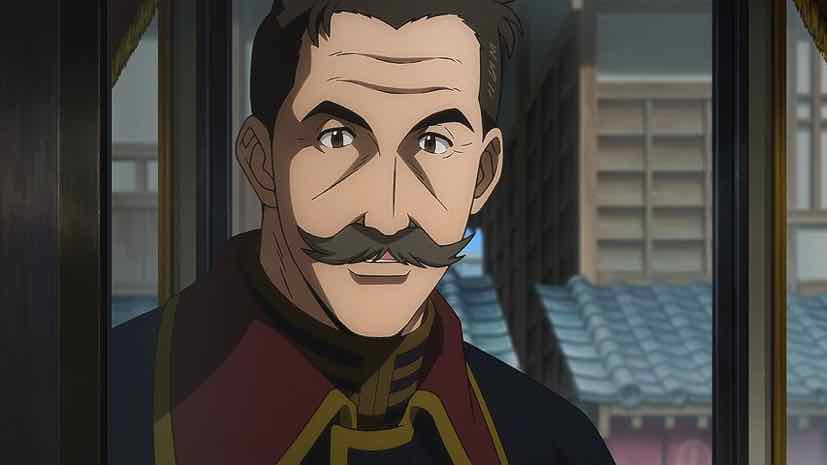 Yahiko is a very important character in RK. In effect he was Watsuki’s avatar in the story, a kid who saw others around him who were cooler and stronger and longed to be more like them. And the passing of the samurai era – complete with its law against sword-carrying – was no small shock to the Japanese psyche. If the paradox of Kenshin is the center of the story, the paradox of the sword itself is no small part of it. It represents something many Japanese viewed (and still do) as essential to the national character. It was honor and dedication and skill. But it was also death and oppression and murder and war. And all this was part of the juggling act the Meiji government had to try and pull off to keep the country together.
Yahiko is a very important character in RK. In effect he was Watsuki’s avatar in the story, a kid who saw others around him who were cooler and stronger and longed to be more like them. And the passing of the samurai era – complete with its law against sword-carrying – was no small shock to the Japanese psyche. If the paradox of Kenshin is the center of the story, the paradox of the sword itself is no small part of it. It represents something many Japanese viewed (and still do) as essential to the national character. It was honor and dedication and skill. But it was also death and oppression and murder and war. And all this was part of the juggling act the Meiji government had to try and pull off to keep the country together.
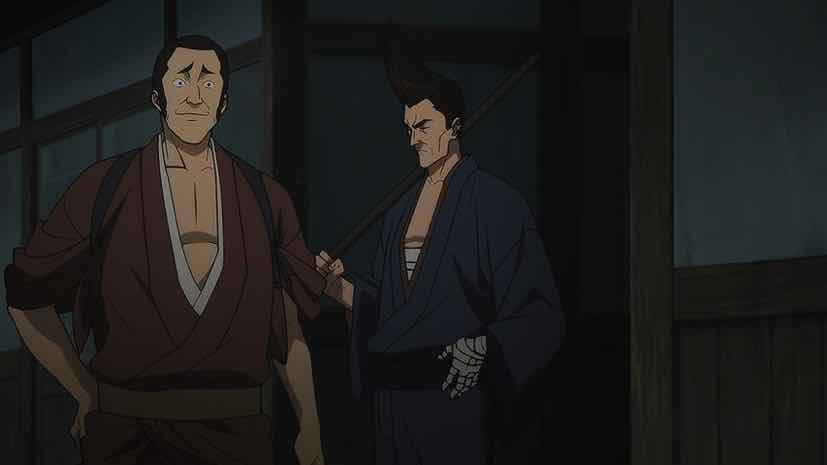 Kenshin is a man whose very existence is defined by the sword – the sakabatou he carries now, and the blades he killed with as the battousai. The mere act of carrying it is a defiance against the government he helped create. Yet he does so – in spite of a firm commitment not to kill. It always struck me that Kenshin was trying to accept who he was even as he strove to atone for his past, and that he struggled with that for his entire existence. He sees no way to free himself from the sword without using the sword, but even the man himself realizes the contradiction inherent in this. It’s just that he sees no other way (and he’s probably right).
Kenshin is a man whose very existence is defined by the sword – the sakabatou he carries now, and the blades he killed with as the battousai. The mere act of carrying it is a defiance against the government he helped create. Yet he does so – in spite of a firm commitment not to kill. It always struck me that Kenshin was trying to accept who he was even as he strove to atone for his past, and that he struggled with that for his entire existence. He sees no way to free himself from the sword without using the sword, but even the man himself realizes the contradiction inherent in this. It’s just that he sees no other way (and he’s probably right).
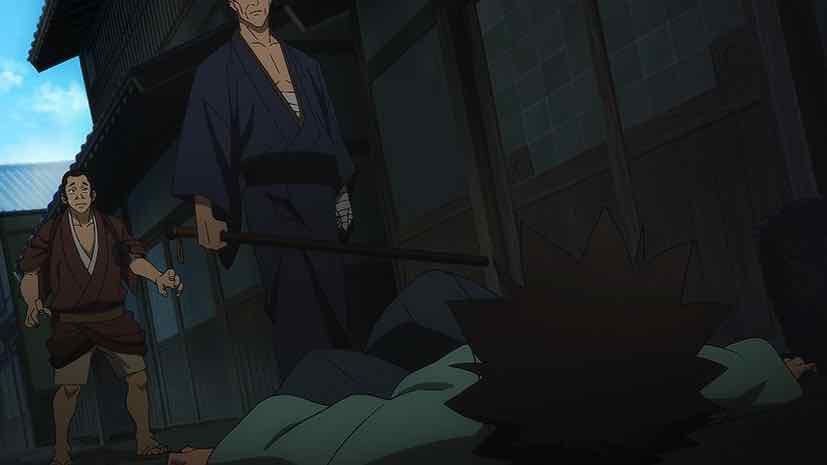 Despite the pickpocketing incident Kenshin sees something in Yahiko, a quality one imagines he’s become quite adept in identifying in others. And when Yahiko sees Kenshin use his reverse blade – reluctantly – to crush the sword-wielding police (read, brownshirts) and defend Kaoru and the townsfolk, it gives him the courage to once and for all abandon the disreputable life he’s fallen into. He does this knowing there’s no realistic way out for him, which is early evidence that he’s a boy of astonishing courage.
Despite the pickpocketing incident Kenshin sees something in Yahiko, a quality one imagines he’s become quite adept in identifying in others. And when Yahiko sees Kenshin use his reverse blade – reluctantly – to crush the sword-wielding police (read, brownshirts) and defend Kaoru and the townsfolk, it gives him the courage to once and for all abandon the disreputable life he’s fallen into. He does this knowing there’s no realistic way out for him, which is early evidence that he’s a boy of astonishing courage.
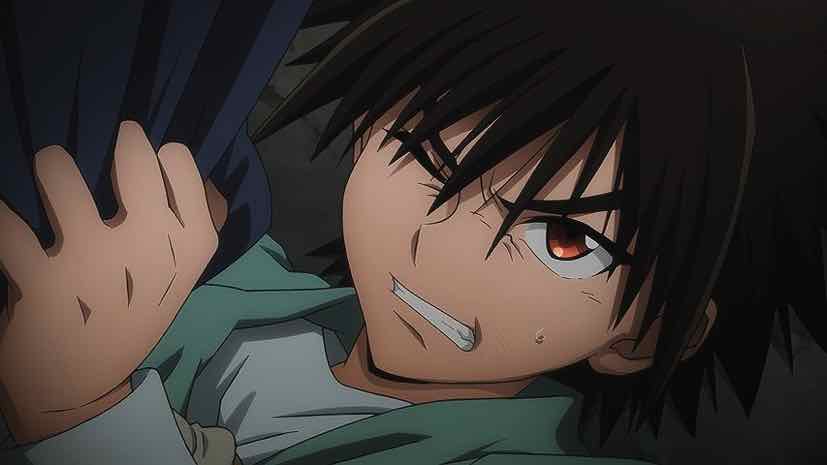 For Kenshin, there are very practical reasons not to want to wield his blade (yet the very act of carrying it is an invitation to being forced to). One can’t display the skill he does without calling attention to himself, which makes his attempts to reframe his life that much harder. In this case the Meiji great general Yamagata Aritomo (Ogata Mitsuru), searching for him, is tipped off to his presence because of Kenshin’s battle with the police. Yamagata wants Kenshin to return to the wars, even in peacetime – to help enforce the order he helped to establish. But while Himura is determined not to kill for anyone or anything, that’s one thing he especially has no interest in killing for.
For Kenshin, there are very practical reasons not to want to wield his blade (yet the very act of carrying it is an invitation to being forced to). One can’t display the skill he does without calling attention to himself, which makes his attempts to reframe his life that much harder. In this case the Meiji great general Yamagata Aritomo (Ogata Mitsuru), searching for him, is tipped off to his presence because of Kenshin’s battle with the police. Yamagata wants Kenshin to return to the wars, even in peacetime – to help enforce the order he helped to establish. But while Himura is determined not to kill for anyone or anything, that’s one thing he especially has no interest in killing for.
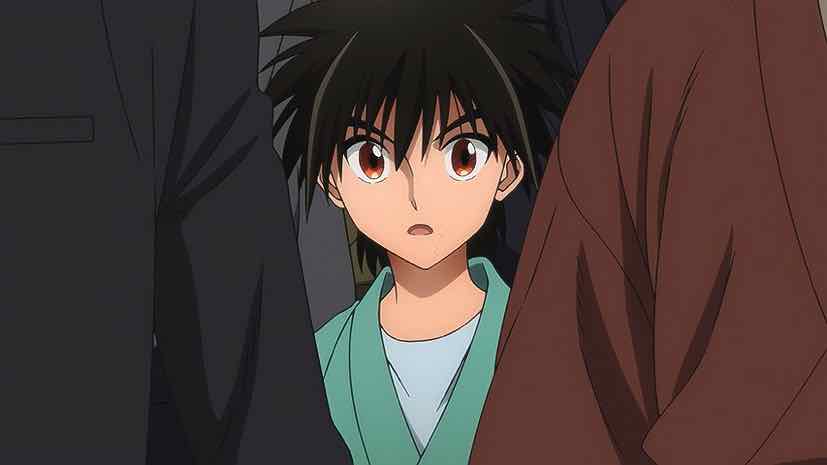 I think my takeaway from all this, as someone who’s read the manga and seen the original anime multiple times, is that these early chapters are deceptive. They’re kind of a nesting doll of subtleties, hinting at the larger themes of the story and making a few exploratory pawn forays into the middle of the board without tipping off what the middle or endgame will look like. Knowing how intricately built Rurouni Kenshin is, the way each part of the story builds into the next, makes it that much more unsettling not knowing for sure that this adaptation will indeed cover the entire series – but the prospect that it might at last be the one to do so that much more enticing.
I think my takeaway from all this, as someone who’s read the manga and seen the original anime multiple times, is that these early chapters are deceptive. They’re kind of a nesting doll of subtleties, hinting at the larger themes of the story and making a few exploratory pawn forays into the middle of the board without tipping off what the middle or endgame will look like. Knowing how intricately built Rurouni Kenshin is, the way each part of the story builds into the next, makes it that much more unsettling not knowing for sure that this adaptation will indeed cover the entire series – but the prospect that it might at last be the one to do so that much more enticing.



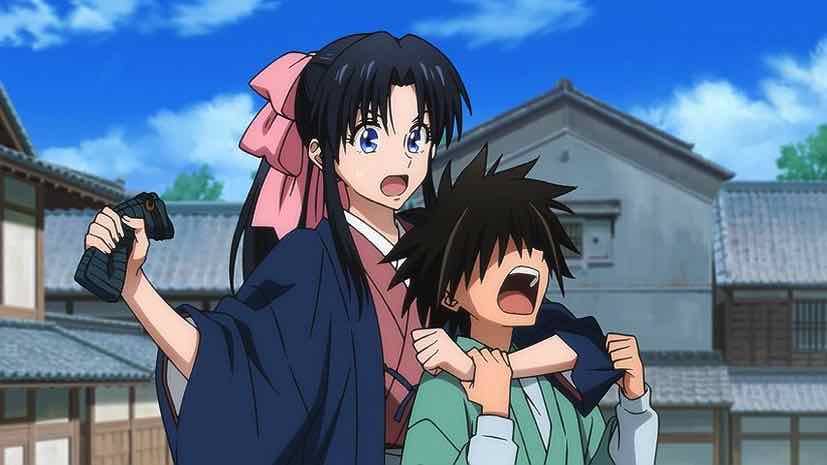
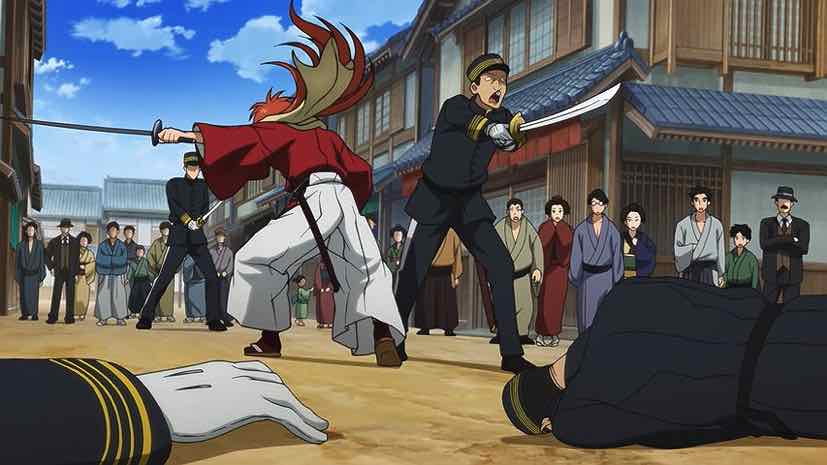
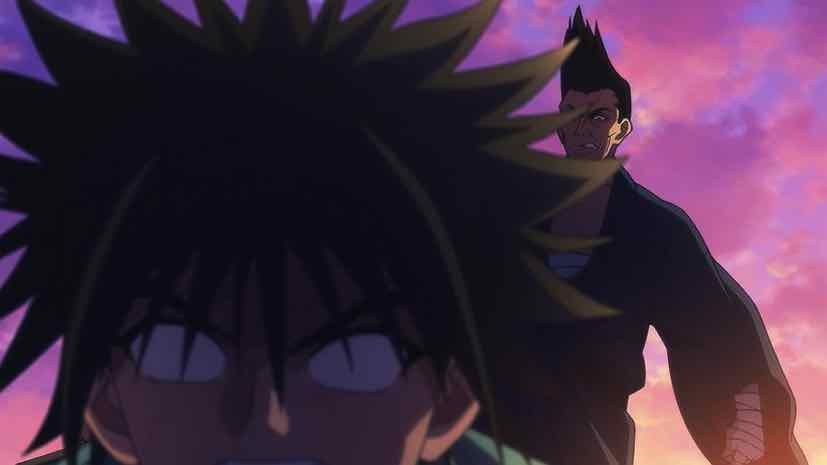
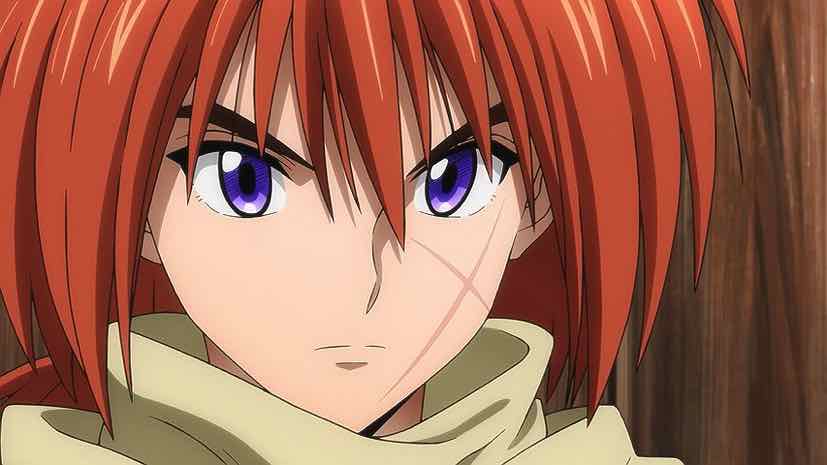
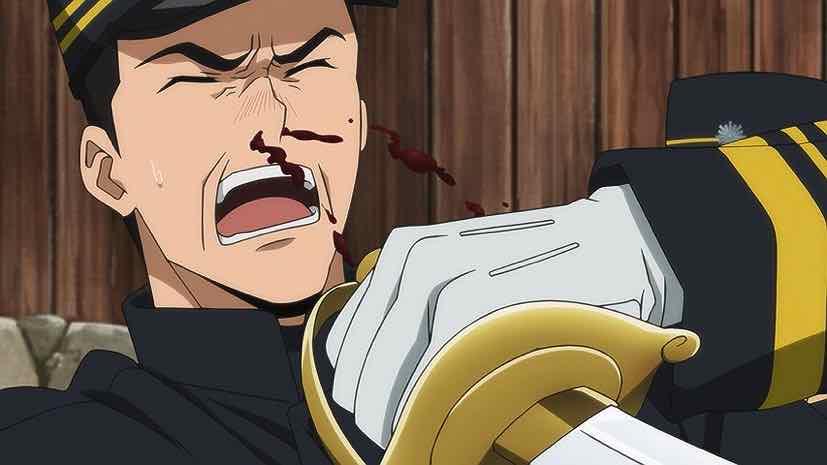
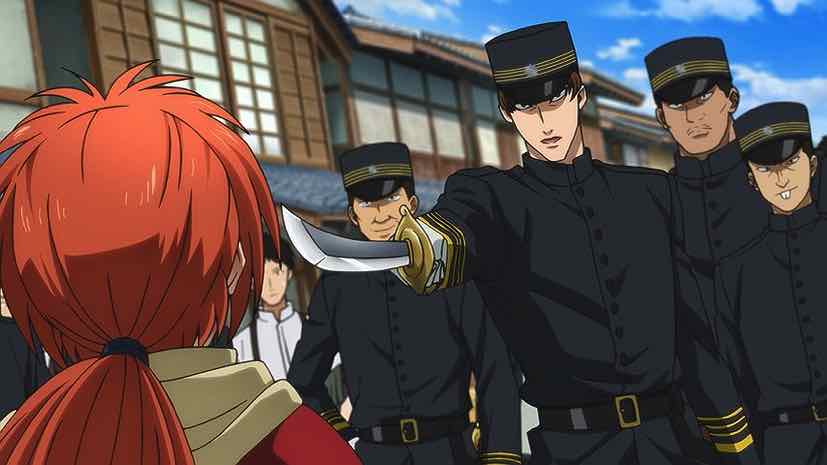
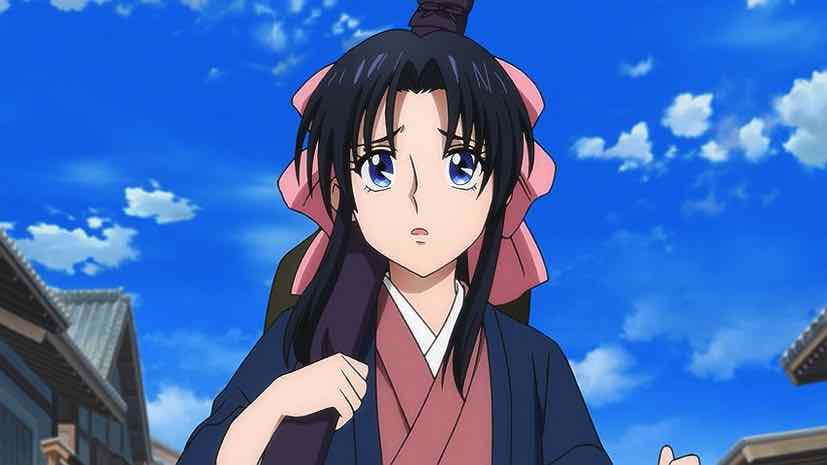
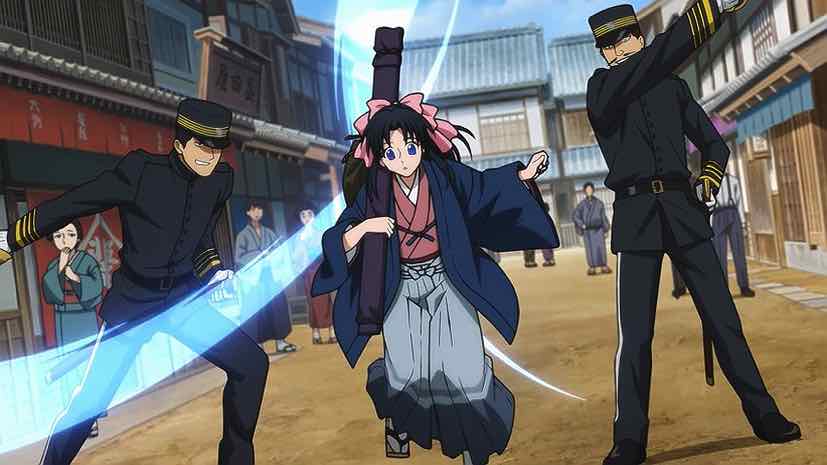

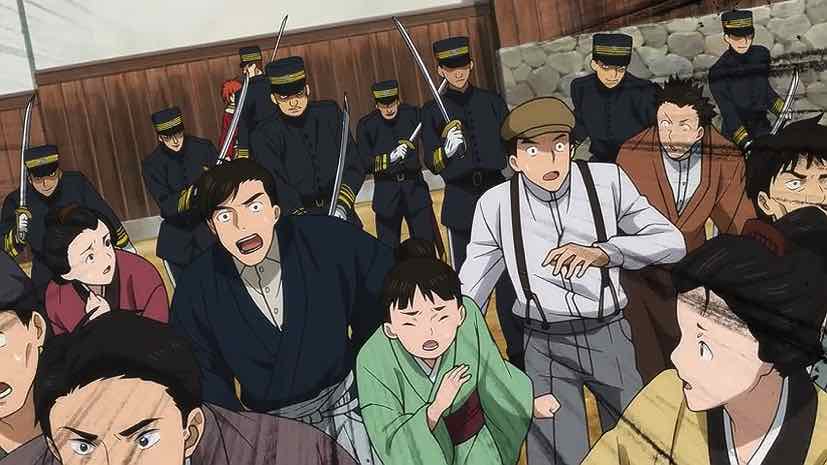
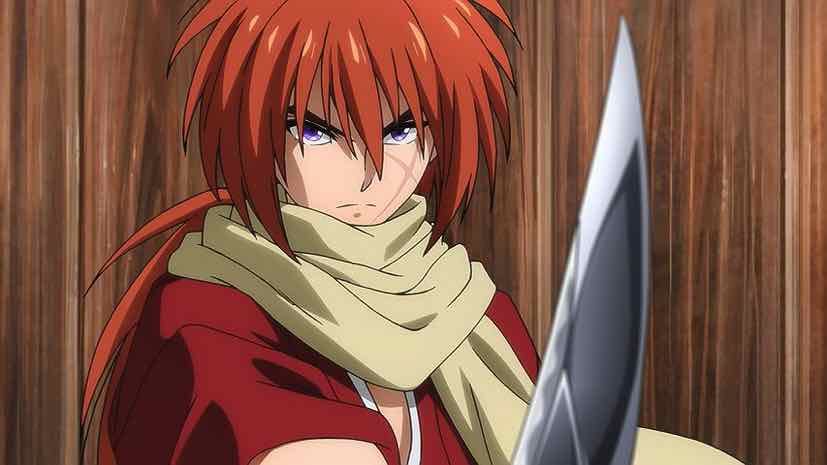
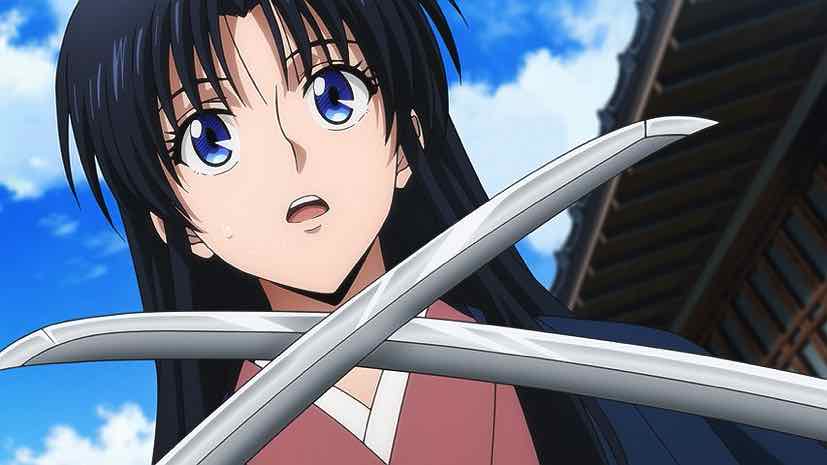
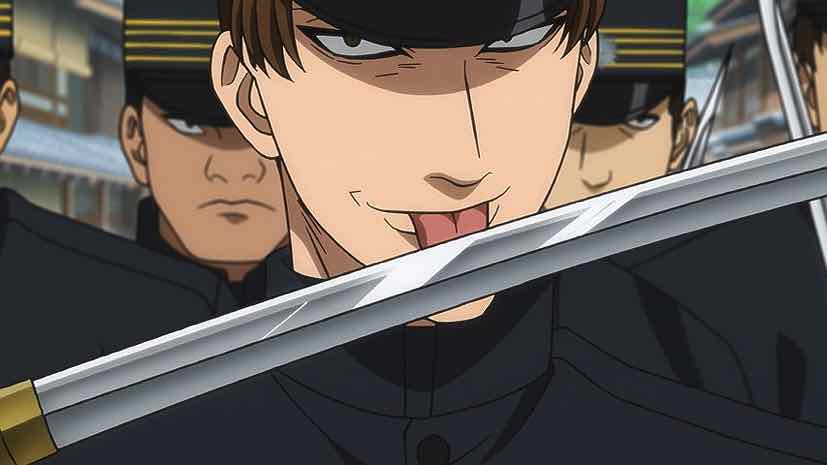

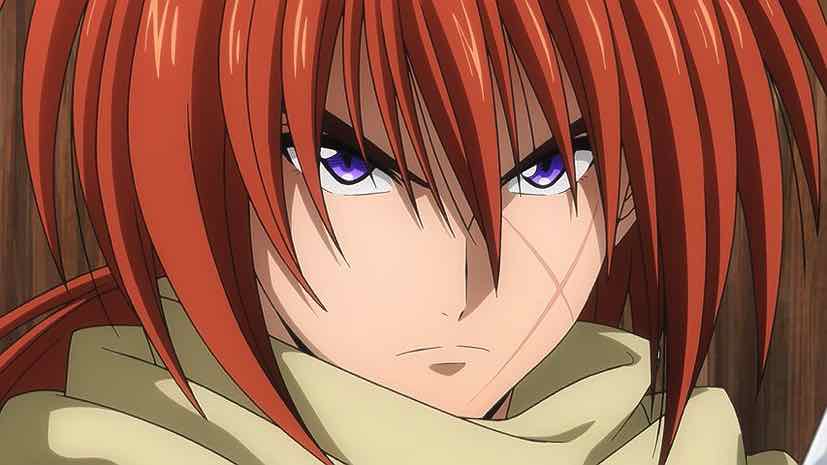
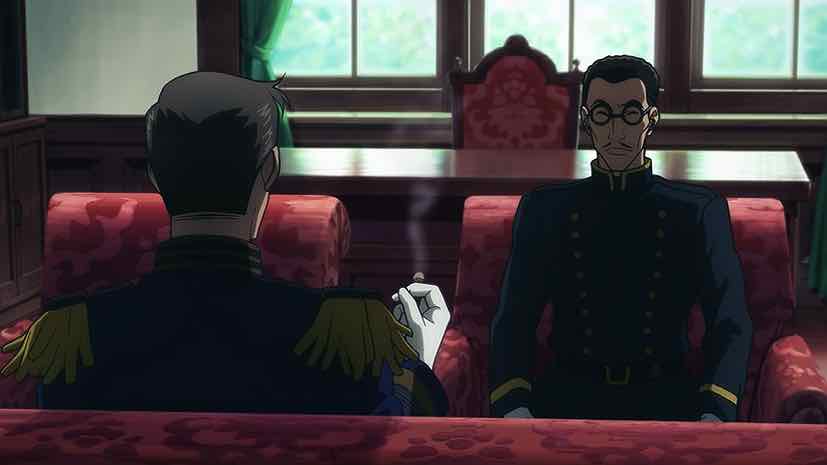
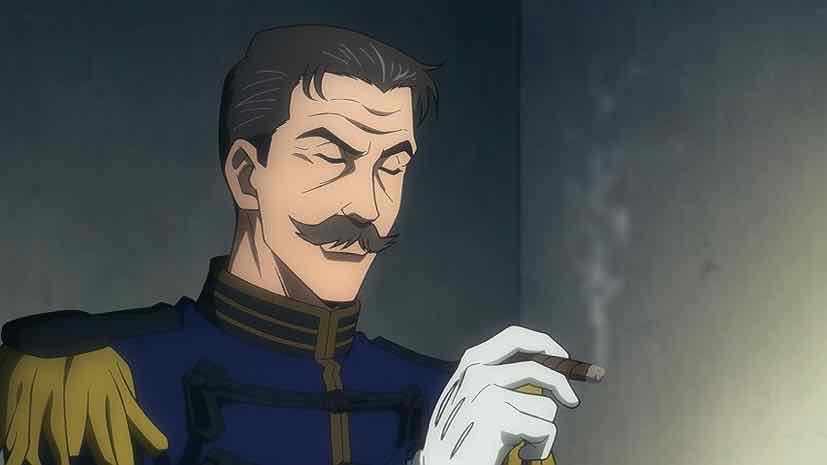
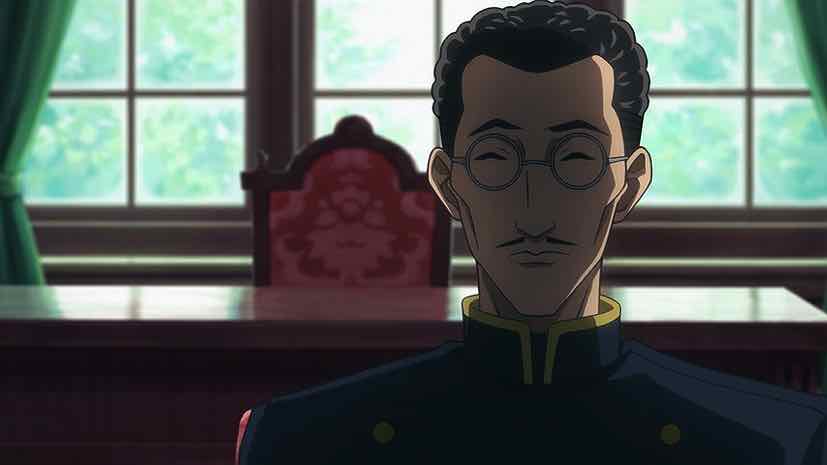
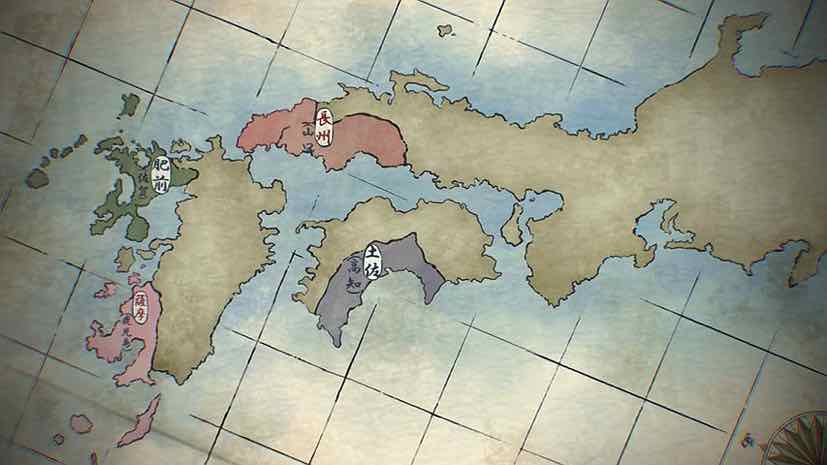
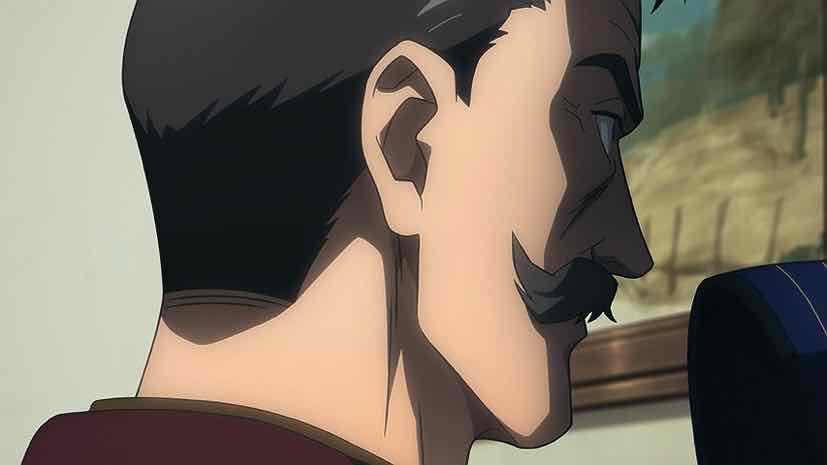
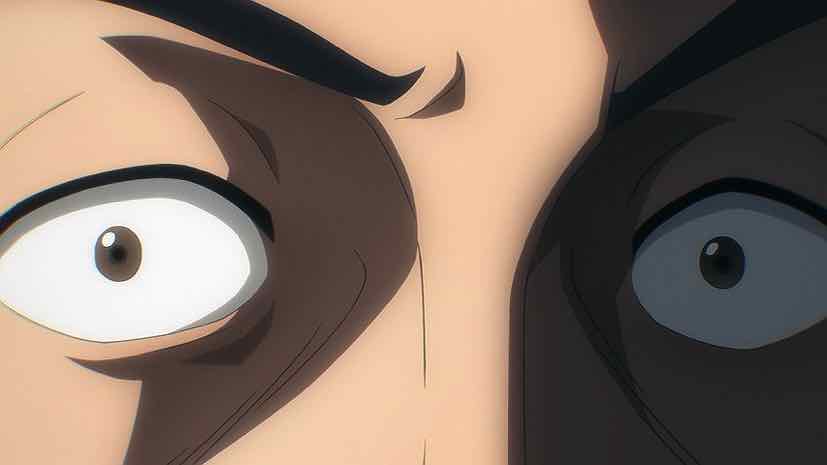
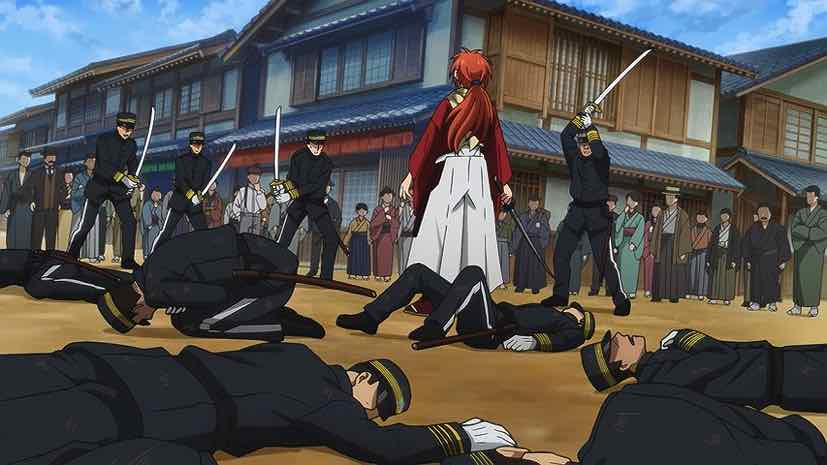
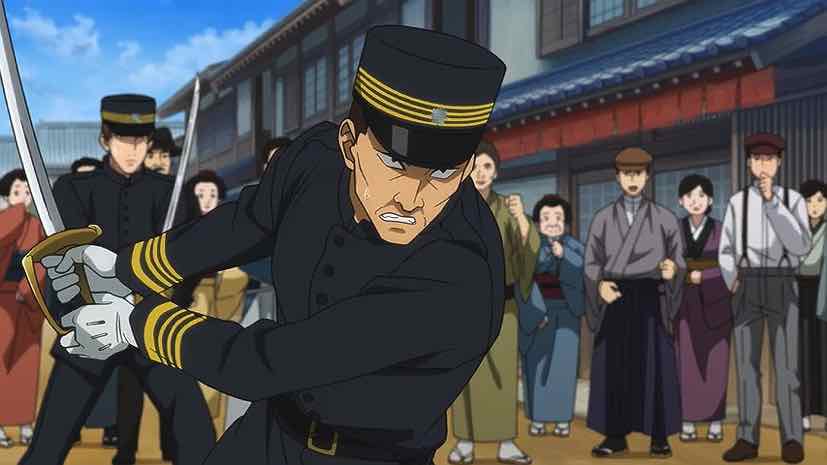
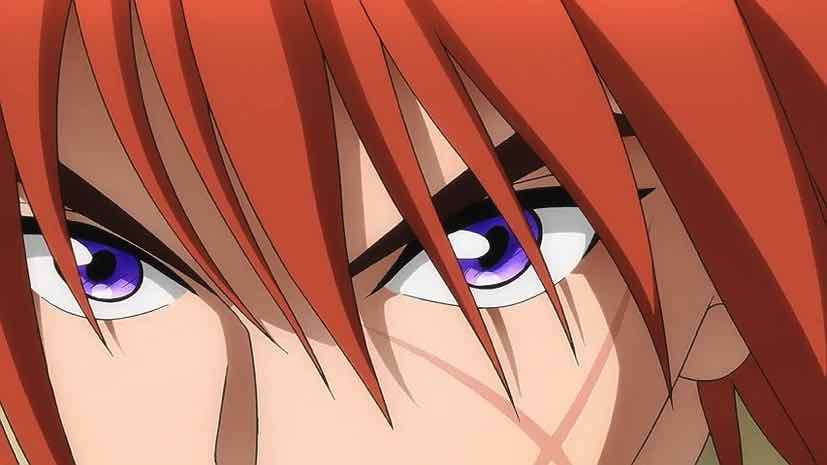

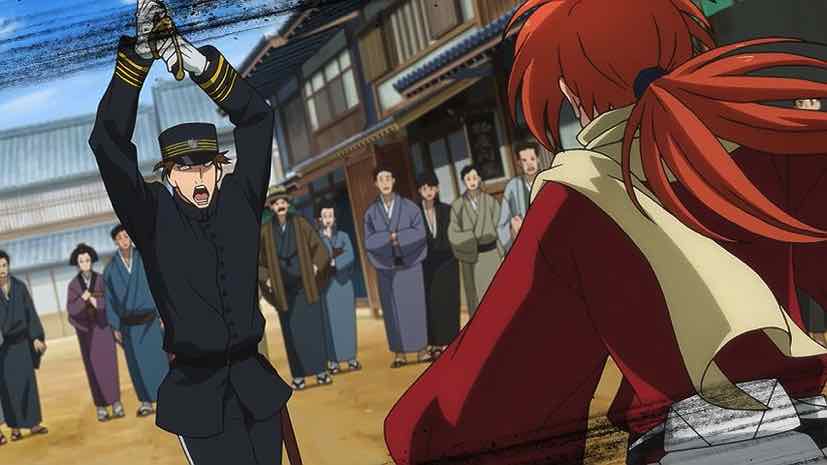

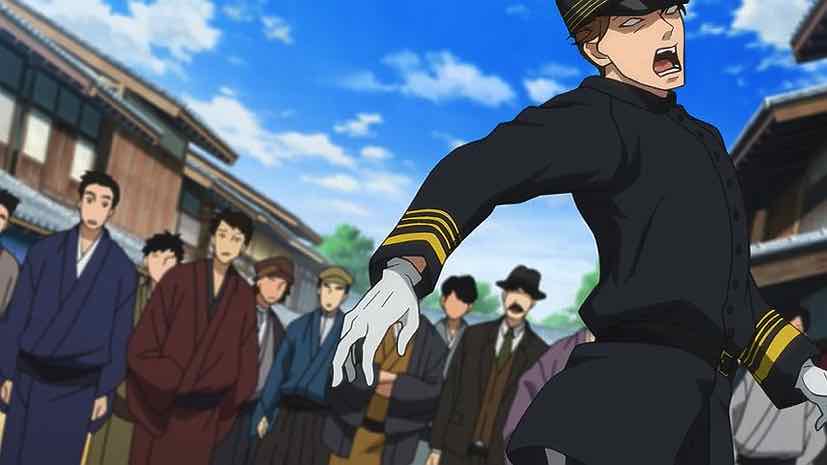
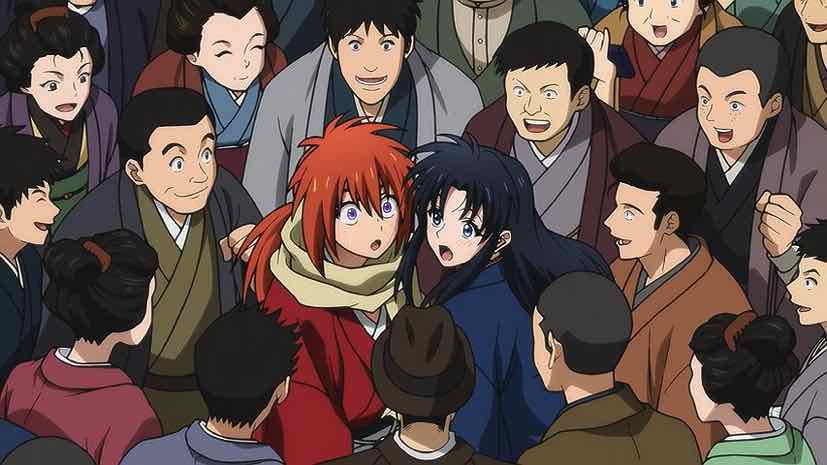
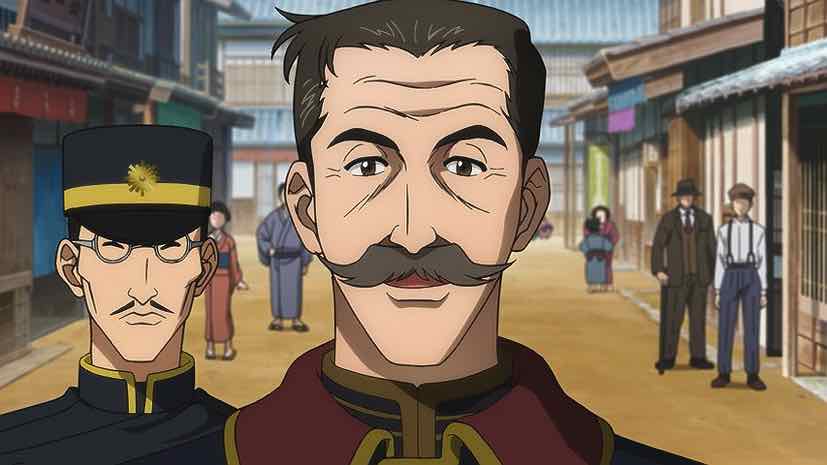

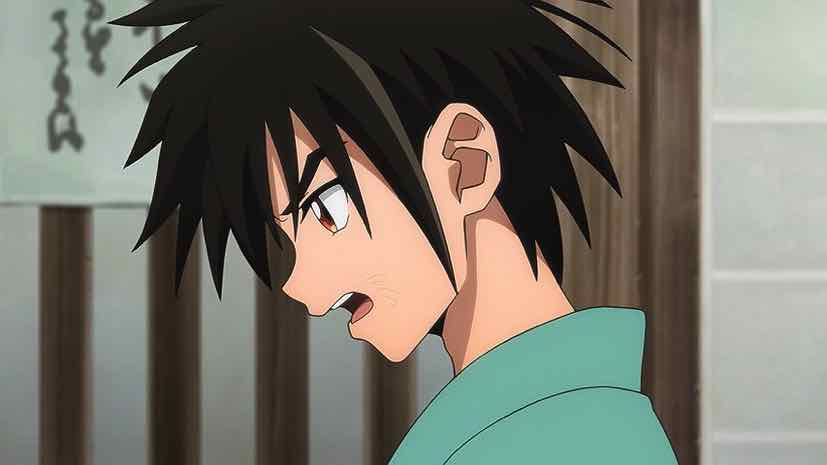
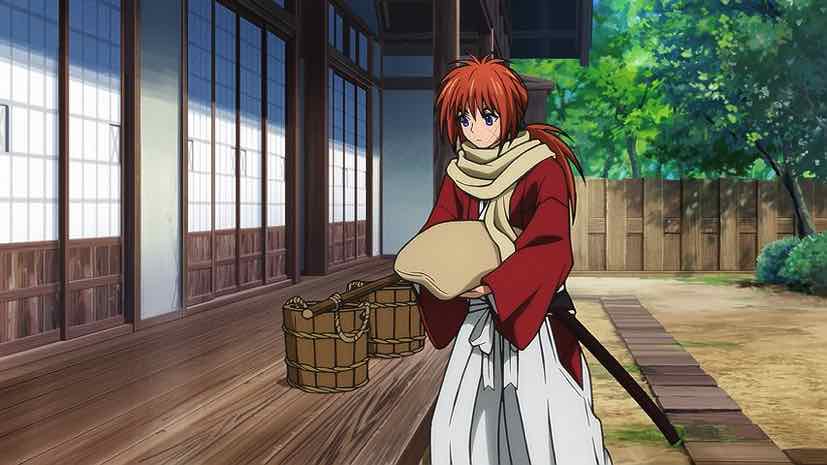

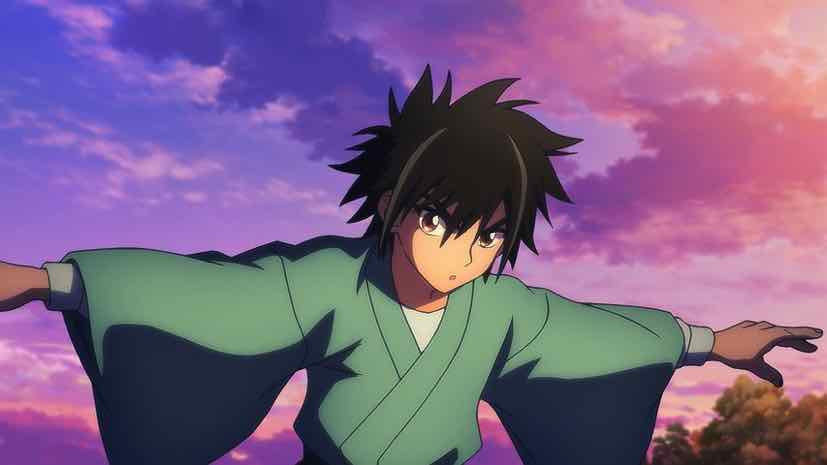
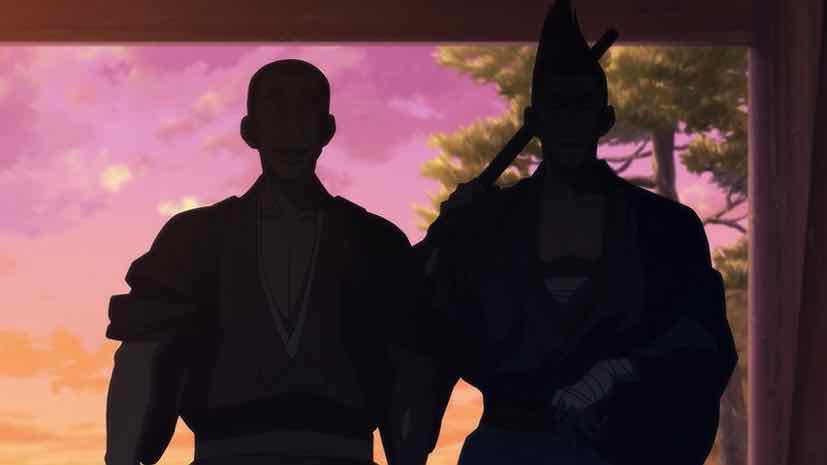
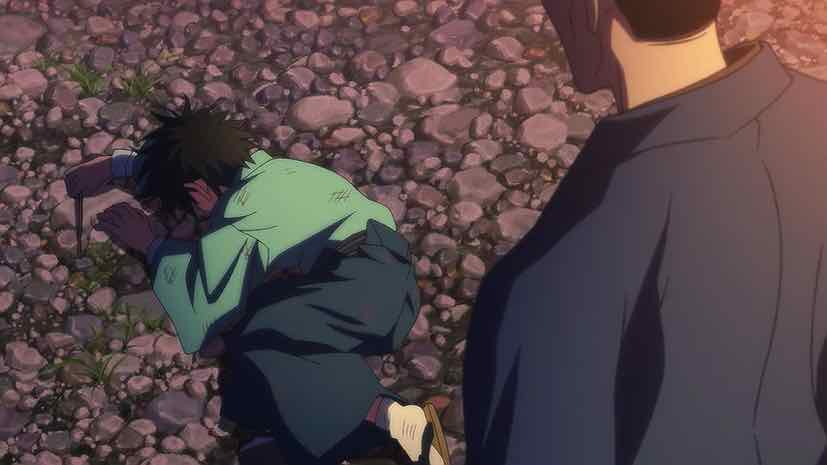
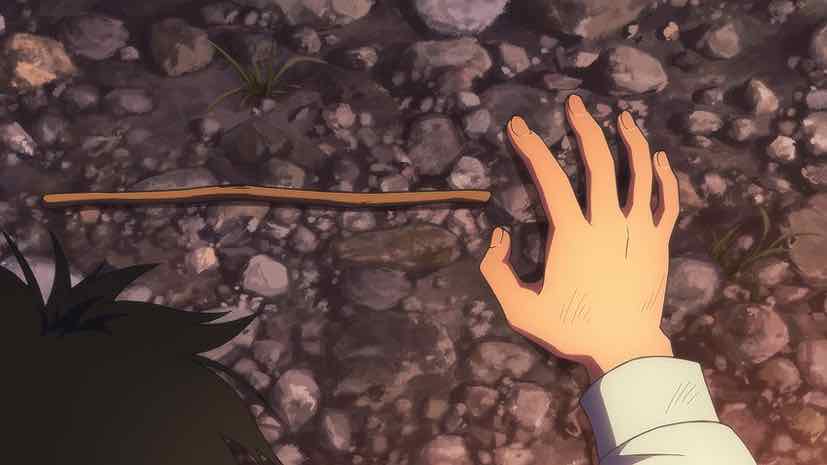
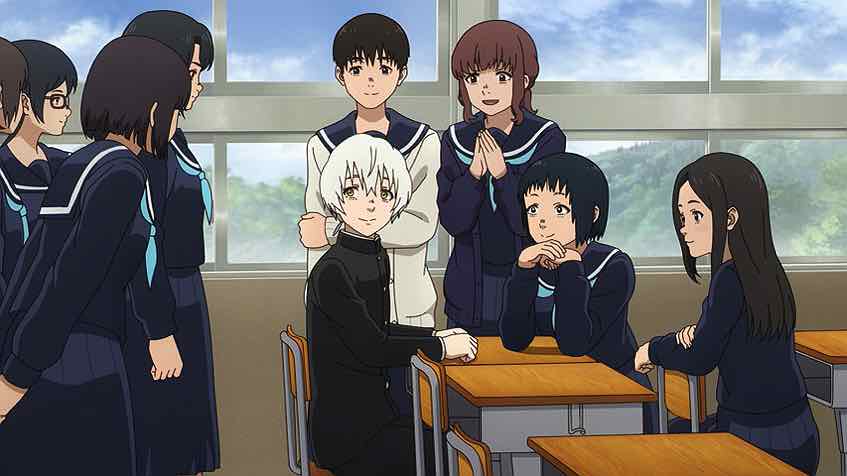
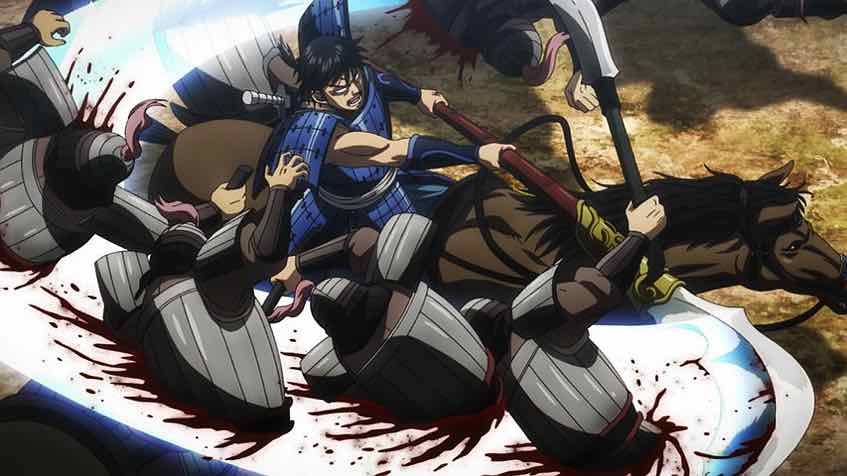
aldeayeah
July 15, 2023 at 5:03 amI like how they’re rewriting and threading together these early chapters, that were quite disjointed in the original.
I wonder what treatment Jin’e and especially Raijuta will get – remixed, extended, condensed, moved around or cut altogether.
Considering the current story pace, I think this initial two-cour series will aim to end right before the Kyoto arc proper (that would be ep 31-32 of the original TV anime)
Barring major rewrites, I see no other obvious cutting points after that (that wouldn’t require extra cours)
Guardian Enzo
July 15, 2023 at 9:00 amI don’t think it’s rewriting them so much as undoing the rewrites the first anime made.
Snowball
July 15, 2023 at 5:48 amI quite like the downtown Tokyo scenes. They feel pretty authentic.
Raikou
July 15, 2023 at 3:12 pmIt’s been so long since I watched the old Kenshin, but the scene of Aritomo and Kenshin is pretty well done.
Totally didn’t remember that there’s so many subtleties in Kenshin early chapters. It’s good that the anime doesn’t seem to rush it.